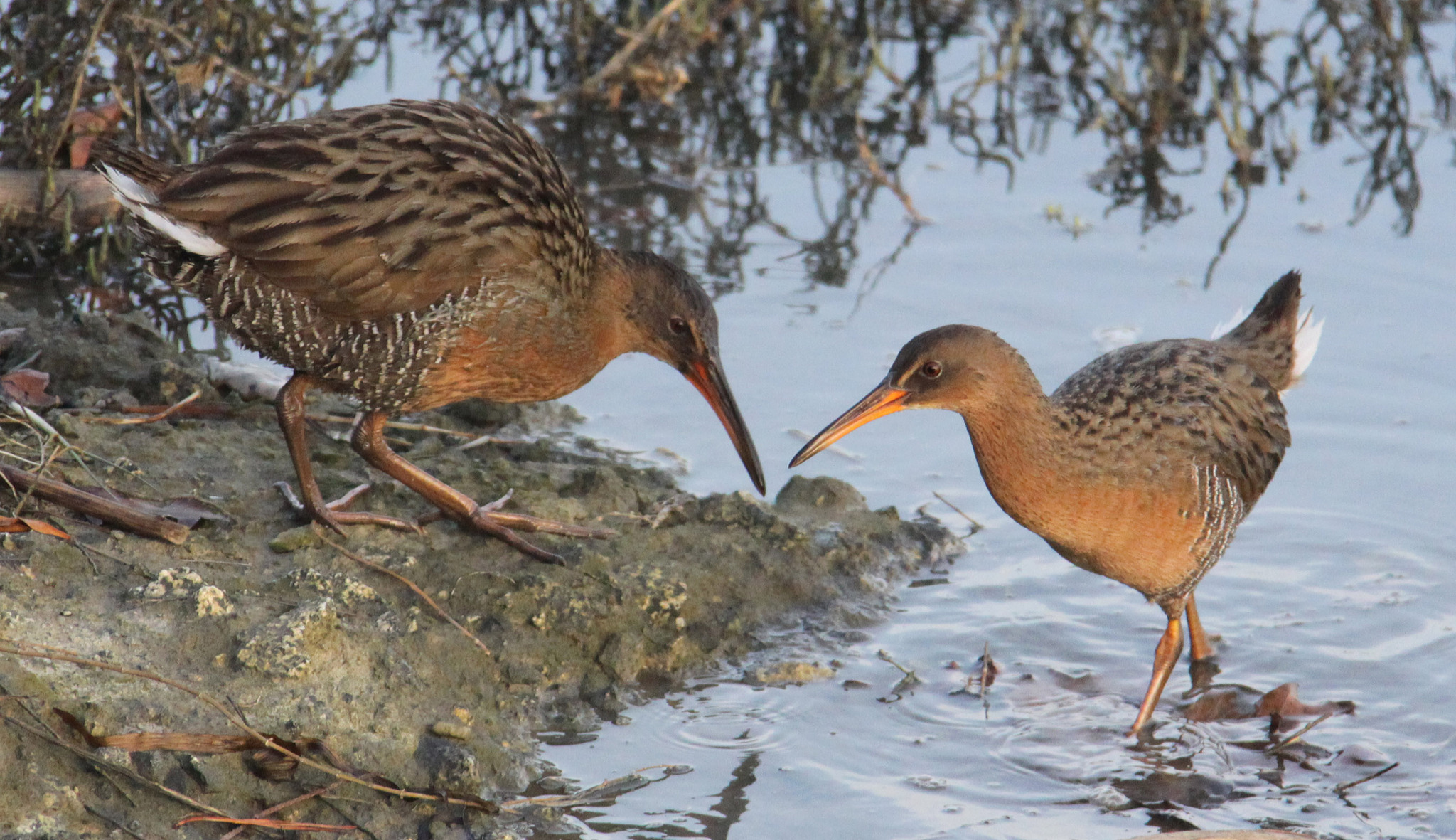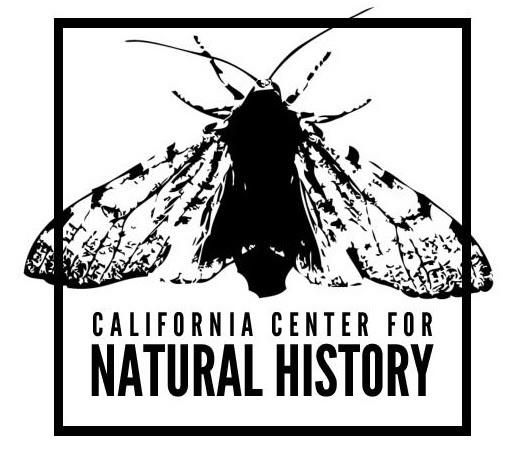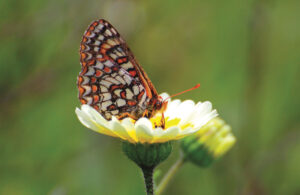I am incredibly fascinated by all the birds that are passing through the area these days, and would love to spend some more weekend days observing them. I’ve been exploring Coyote Hills Regional Park, and I’d like to discover more places. What are the best birdwatching spots for fall and winter?
The Bay Area is home to a bountiful bird population year round, thanks to our rich variety of habitat types and our strong commitment to protecting and restoring them. This month and next, however, bring exceptional opportunities for birdwatching, thanks to two factors: travelers and tides.
First, the travelers: Here in the Bay Area we have the good fortune to be located in the heart of the Pacific Flyway. This is the flight path that migratory birds follow as they travel in spring and again in fall, in search of food, warmth, and nesting sites. The fall journey south started months ago in far flung places like Alaska, and its avian travelers began arriving in the bay en masse last month. To go birdwatching in the Bay Area in the months of November and December is to be perfectly poised to see these travelers refueling in our astounding diversity of habitats.
One great place to start is the Richardson Bay Audubon Center and Sanctuary in Tiburon. This is an excellent place to see wintering waterfowl – so much so, in fact, that it is home to an annual waterbird festival. Thousands of migratory ducks, grebes – even an occasional loon! – form a bustling, floating winter resort community on the water’s surface. The big event of the season for these vacationers is the annual herring run, when thousands of tons of the small silver fish flood Richardson Bay, making for a delicious holiday meal that helps fuel those long spring migrations. Keep an eye out for the announcement of that spectacle here.
Moving from the Bay to higher ground, the hills overlooking our waters are great vantage points to sight another type of migrant winging through: raptors. Migratory hawks, eagles, and falcons prefer to coast along on thermals, which form better over land than water. This helps these birds conserve energy on long journeys, like the 6,000-plus-mile migration of one such bird you might see soaring overhead these days: the Swainson’s hawk. As a result, raptors prefer to find the shortest crossing over water possible. That positions the aptly named Hawk Hill, in the Marin headlands, as a prime destination for those who want a bird’s-eye view of these taloned travelers. Sightings in recent days, which you can scope here, include Ferruginous hawks (the largest in North America), peregrine falcons, the small and charismatic Merlins, and even bald eagles. With some luck, you might catch sight of a different type of migrant: humpback whales have been spotted intermittently in the last couple weeks.
Another hill that’s tops for sighting birds of prey is Vallejo’s Lynch Canyon Open Space, where golden eagles abound.
You needn’t travel out of the city to see some of our avian visitors this time of year. El Polín Spring is a riparian wonderland in San Francisco’s Presidio. As you walk along the banks of the cool stream, listen for the crystalline voice of the hermit thrush’s song, for the buzzing whistle of the varied thrush, or for the splashing of cedar waxwings in the fresh spring water.

In between the land and the Bay is a special type of wetland habitat called a tidal marsh. These places bridge land and water, and likewise connect our first timely bird topic, migratory birds, to our second: tides. Next month, our region will see exceptionally high “King Tides.” The Hayward Regional Shoreline is a spectacular birding site year round, but is particularly great for spotting passers-through, as well as refugees from high tides. Golden Gate Audubon describes this site as a “migrant trap,” and birds you might encounter there include the red knot, a shorebird known to travel an astonishing 9,000 miles each way during its migrations. High tides here flush many birds as the rising flow submerges the usual hiding spots, making for a remarkable concentration and variety of birds flocking to the patches of land that remain above water. At Oakland’s Martin Luther King, Jr. Regional Shoreline Park, a similar phenomenon reoccurs in rhythm with the moon. Even non-”King” high tides, such as those happening the last week of November, make for an opportune time to see elusive rails, including the near-threatened Ridgway’s rail. Check the tide predictions for this site here.
While the vast majority of tidal marshlands that once ringed the Bay have been lost to development of all kinds, there is a small winged migrant that actually prefers the remnants left by one such industry, in an interesting twist of anthropogenic and ecological happenstance. The snowy plover favors long expanses of sandy beach, and migratory – as well as wintering – populations seem to have found a reasonable facsimile in the dried up dregs of former salt ponds in the south bay. Birders exploring the vast Don Edwards San Francisco Bay National Wildlife Refuge have a chance to glimpse the feathered denizens of this habitat, as well as tidal marshes, upland hill trails, freshwater streams, and expanses of open Bay waters.

Ask the Naturalist was a reader-funded bimonthly column with the California Center for Natural History that answered questions about the natural world of the San Francisco Bay Area. Have a question for the naturalist? Email us at atn at baynature.org!





